Service design
Design better services, experiences and systems
We partner with you to design the best possible service, experience or system within the constraints of your environment. We use various tools and tactics to help you understand core problems and opportunities, unlock innovative ideas and, more importantly, bring those ideas to life.
Since 2009 we have designed services, experiences and systems for over 200 organisations across 15 industries – including all levels of government, health, education, museums, transport, built environment, agriculture, hospitality, tourism, and financial services.
Good Design Australia has awarded us Best in Class for Service Design several times.
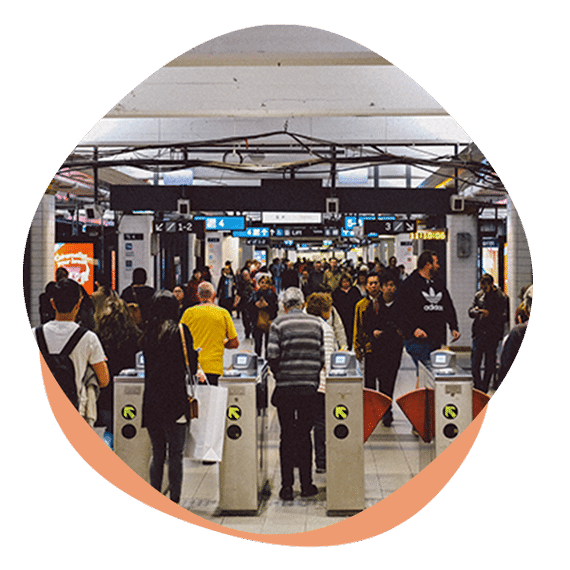
What is service design?
Design broadly means the process and act of design, without indicating the focus or "object" of design. Service design specifically means the process and act of designing services.
Service design involves the design of external-facing customer experiences and internal capabilities to deliver that experience.
These posts explain more about:
Outcomes we help you to achieve
Through understanding your context, and co-designing with you and your stakeholders, we help you to achieve:
- Diverse stakeholder engagement - we bring the voice customers, staff, shareholders, partners and society into the process.
- Clarity and alignment - we visualise the whole ecosystem and journey required to deliver your service.
- Increased uptake and impact - going deep into problem and opportunity spaces unlocks meaningful and innovative ways of meeting the diverse needs of your many stakeholders.
- New ways of working and change management - using a co-design approach embeds new mindsets and practices along the way, increasing your ability to deliver a great customer and employee experience.
Service design case studies

SUSTAINABILITY
Reducing embodied carbon emissions
We partnered with the National Australian Built Environment Rating System (NABERS) to co-create a nationally accepted carbon emissions measurement tool to tackle carbon emissions in the building industry.

Service design
Enabling accessible transport on Sydney Metro
Meld Studios partnered with Sydney Metro and Hyundai Movex to prioritise, understand and address barriers for customers who are disproportionately impacted by gaps between the train and the platform.

SERVICE DESIGN
How we used co-design to save the health system $400,000 a month
We worked with the Health Alliance to design and implement a pilot program to reduce presentations to the emergency department at Caboolture hospital in Queensland. The pilot is now being scaled and rolled out to deliver similar benefits to other hospitals.
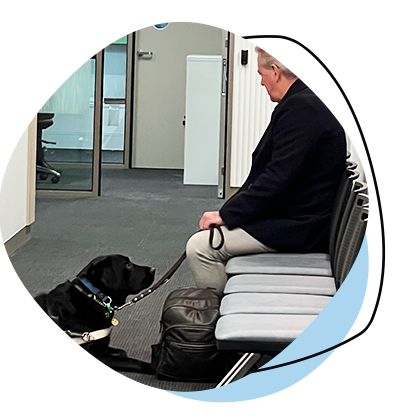
SERVICE DESIGN
Designing an accessible government building
In late 2023 we helped a customer-facing government agency make sure that people who are vulnerable to exclusion were genuinely included in the design of their new building, their voices heard and their needs understood.
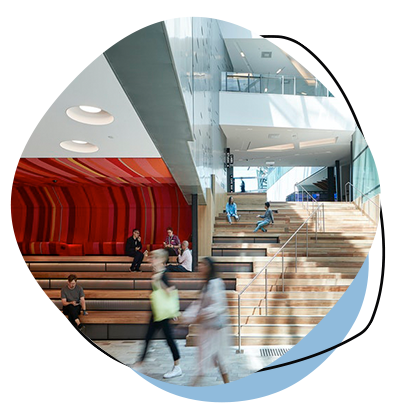
SERVICE DESIGN
Understanding visitor experience to inform ACMI's architectural and digital transformation
Research with visitors, frontline staff and stakeholders provided rich insights to help ACMI secure $36.6m in funding for its revamp. The way in which we communicated these insights (as a visually-engaging and contextual experience map) also created significant, lasting value for ACMI staff and other museums around the world!
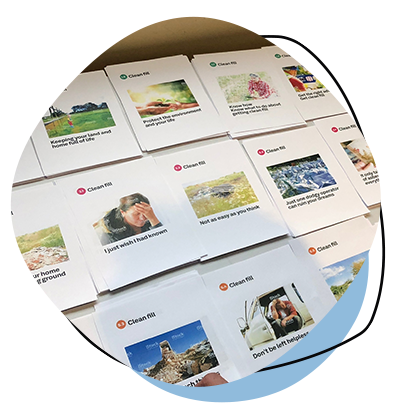
SERVICE DESIGN
Co-designing how to communicate the risks of illegally dumped asbestos
Involving audience members in the design of campaign messages made a significant difference to awareness and behaviours! Through this human centred approach more people are switched on to the risks of receiving contaminated ‘free fill’.
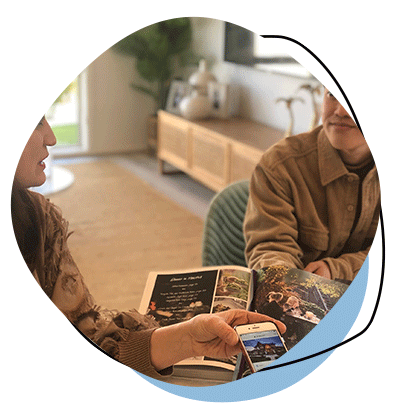
Service design
Designing services and tools to increase energy-efficient homes
We worked with homebuyers, builders and NSW Government to co-design services and tools to increase the number of energy-efficient homes across NSW.

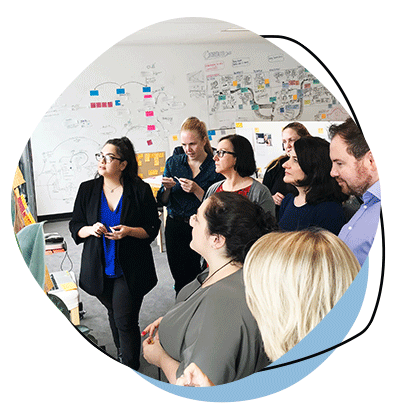
Service design
Designing ASIC’s Financial Wellbeing Network
A collaborative approach motivated over 100 new organisations to join the network in a three-month period (40% growth), increasing diversity of members, participation and societal reach.

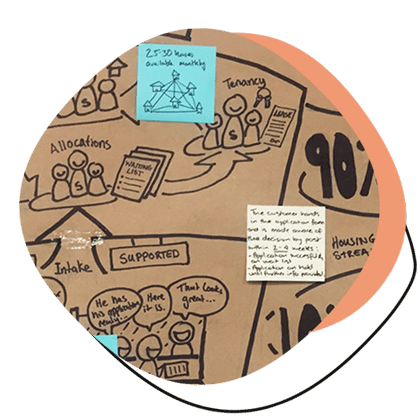
Service design
Redesigning the Fortitude Valley housing service centre
This multi award-winning transdisciplinary design project transformed a Queensland housing service centre into a welcoming and safe environment. The centre experience is now supported by an improved service model which recognises staff expertise, empowering them to provide client-centered support. The process is being used as a model for all future centre design.

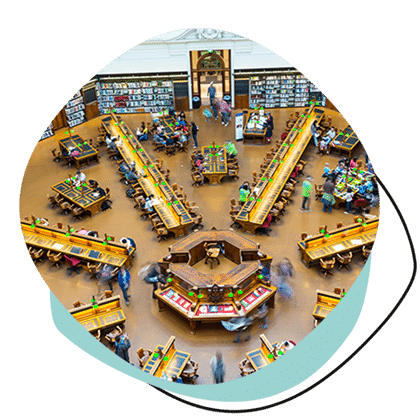
Service design
Reimagining a cultural institution
A multi-award winning initiative to reimagine a cultural institution for the 21st Century. We helped define the Library's future state service delivery model, which attracted $81m to fund a major architectural and digital transformation.

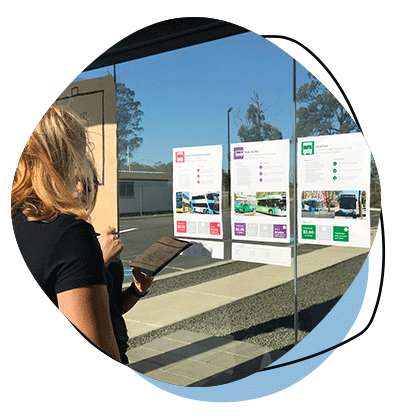
Service design
Designing transport services in Sydney's North West
Customer research and prototyping informed an Integrated Services Plan (ISP) that addresses complex transportation needs and lays the foundations for an intergenerational behavioural shift towards public transport use.

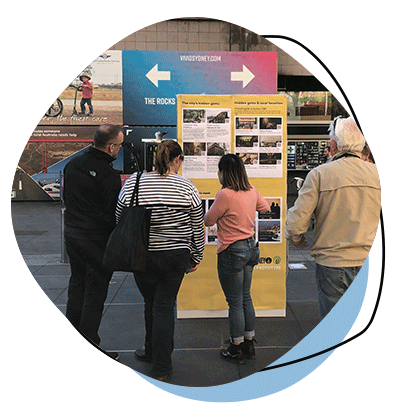
Service design
Designing City of Sydney visitor experiences
Visitor research and prototyping provided behavioural insights to change the City’s visitor service model; and provided foundations for relationships with external partners.
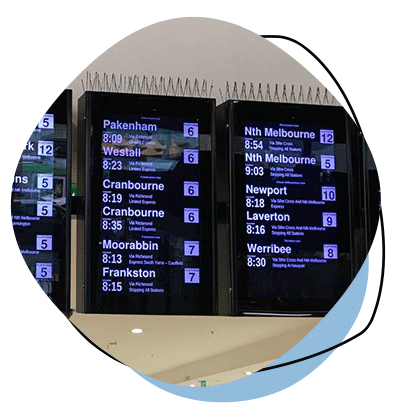
Service design
Improving wayfinding at Melbourne’s busiest train station
We helped Public Transport Victoria design, prototype and test digital signage at Flinders Street Station.
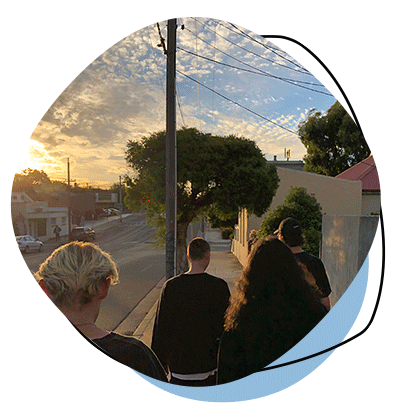
Service design
Designing the 2021 Census experience
We helped the Australian Bureau of Statistics (ABS) to define an ecosystem of services and experiences that would enable more people to successfully self-complete the Census. We were also deliberate about building the team's internal design capability along the way.
